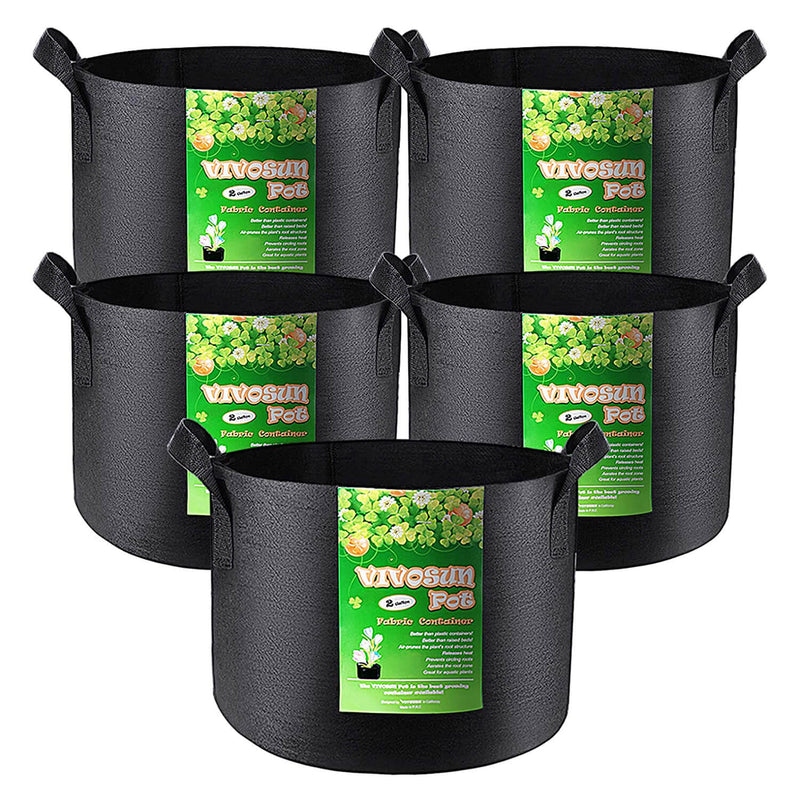
Autoflowers are a great alternative to traditional plants since they can be grown in small spaces (due to their small size) and they are very easy to care for—no worries about changing the lighting schedule and you can have a finished product within a few months, but generally, autoflowering cannabis has lower yields than its sisters, Indica, and Sativa. Different strains of course have different sizes of yields, from regular autoflowers like Fast BUD #2 to super autoflowers like BIG BANG which are much higher than the average.
In general, the average yield of autoflowers varies from 50g-250g. Excluding the strain factor (since autoflowers can be combined with Indica and Sativa), how much yield you can expect to get from autoflowering cannabis? This depends on what kind of growth environment you can provide for them.
Super Autoflowers
Super autoflowers, a specific category of autoflowering cannabis strains, often have longer vegetative periods, allowing for more substantial growth and development before flowering begins. They may possess increased levels of THC or other cannabinoids, resulting in more potent effects when consumed.
The yield of super autoflowers can vary depending on factors such as genetics, growing conditions, cultivation techniques. Some skilled growers have reported impressive harvests ranging from 100 to 300 grams per plant or more under optimal conditions.
What is“yield”?
Yield is the most important measurement of your cultivation, especially if you want to use your cannabis for commercial use at some point (remember you need to get a license for that). We all know that yield is the weight of the buds you harvest, but how do you measure it? There are mainly two ways:
- The gram weight of shoots produced per plant.
- The gram weight of buds produced by the plant per square meter.
Yield per plant is well understood, but seed banks show yield per square meter. They usually plant about 10 plants in one square meter and directly figure out what the yield is after harvesting.
We can also give a rough estimate of yield before drying, wet buds are about 75% moisture, so you just need to multiply the weight of the wet buds by 0.25 to get the final rough yield.
Factors affecting yield
| Factors | Description |
| Genetics | Choosing high-yielding autoflowering strains with robust genetics can help maximize yields. |
| Growing Environment | Providing optimal growing conditions, including adequate light, temperature, humidity, ventilation, and nutrient levels, can promote healthy growth and maximize yields. |
| Training and Pruning | Techniques such as low-stress training (LST), topping, and defoliation can help increase light penetration and airflow, leading to improved bud development and higher yields. |
| Nutrient Management | Avoiding nutrient deficiencies or toxicities can help ensure the plant reaches its full yield potential. |
| Harvest Timing | Harvesting at the optimal time when trichomes are mostly cloudy or milky can help maximize cannabinoid production and potency, contributing to higher-quality yields. |
| Grower Experience | Experienced growers who understand the needs of autoflowering plants and can adapt their techniques accordingly are more likely to achieve higher yields. |
There are some factors that affect indoor planting yields: light, ventilation, soil, nutrition, etc. Every strain of plant has specific requirements, and autoflowers are no different, so let’s discuss what autoflowers require.
Lighting
We have mentioned many times that when you grow indoors, light is the most important factor contributing to a healthy crop; it is the sole source of energy for plants. Choose the type of grow light you need (LED grow lights are best for autoflowers because they produce the least heat) and set it up in a suitable location (a grow tent would work best if you have the space), so your plants are in a place with less heat and plenty of light.
Autoflowers don’t require the use of a 12/12 day-night schedule during the flowering period—in fact, yields will be reduced if you use this cycle. Instead, keep your plants in 18/6 day/night, since autoflowers will automatically switch from the vegetative stage to the flowering stage based on age rather than changes in the environment, like other cannabis plants.
Pots

Pot size for autoflowers affects yield. Don’t think autoflowers are far smaller than other strains and grow it in an undersized pot—different pot sizes produce different yields. We recommend that auto-flower is best grown in 3 gallons grow bags, which is also a great choice for a lot of other cannabis strains. It is best to plant autoflowering seedlings directly into their final pot, as it has a short growth cycle and the final pot is not large so the potential for overwatering is small, and transplanting becomes unnecessary.
How to increase yield?
Training your autoflowers is the most effective way to increase production. Autoflowers are well suited for training both with the sea of green (SOG) and the screen of green (SROG) methods. Keeping all flowering points in direct sunlight maximizes yields and also controls the height and width of your autoflowers.
Throughout the entire auto-grow process, the ninth and tenth weeks of light are the key time points that directly affect your yield. Early summer is a good time to start if you are growing outdoors and for indoor growing, you need to provide more than 75w of light per plant for your autoflowers to grow well.
We mentioned earlier that different strains will have different yields. Regular autoflowering plants are small, yielding between 10 and 50 grams per plant. You cannot expect a strain with a fast and short flowering time to produce more than 30 grams but super autoflowers can yield 200-300 grams if you give it the perfect environment. Of course, you have to consider the size of the space you are using to grow—choose a space that works best for you, not what looks the most appealing.
Autoflowers do not require the nutrients required by regular strains because of their small size: they usually only require a quarter of the nutrients of regular seeds, so they are also more cost-efficient for small growers. Keep an eye on this, if you follow the requirements for other strains you may hurt your autoflowers without increasing the yields. Start with a smaller amount of nutrients and increase it slowly if your plants are showing signs of nutrient deficiency.
What is the highest yielding autoflowering?
- 3-6 oz per square meter (85-170g/m2) is considered a very good yield for autoflowers grown indoors under ideal conditions.
- Some particularly high-yielding autoflower strains like Gelat.OG Auto or Gorilla Glue Auto can produce up to 8 oz per square meter (225g/m2) in optimal indoor setups.
Autoflowering stages
| Week | Stages | Details |
| 1 | Germination and Seedling Stage |
|
| 2 | Early Vegetative Stage |
|
| 3-4 | Mid-Vegetative Stage |
|
| 5-6 | Late Vegetative Stage and Pre-Flowering |
|
| 7-9 | Flowering Stage |
|
| 10 | Ripening and Harvest |
|
Wrap-up
When we consider the yield of autoflowers, we should understand that:
1) like ordinary strains, suitable temperature and humidity, adequate lighting and ventilation, plant training, etc. are all important factors that affect the yield;
2) the difference between other strains and autoflowers is that autoflowers are called this because they transition from vegetative to flowering automatically, and this also requires that we change the way we grow and the way we think about growing—autoflowers don’t require as many nutrients, as much space, as much water, but they do require a lot of light. Be sure to do your research before delving into a new type of plant!
If you have any questions, please don’t hesitate to reach out to us!
And be sure to check out our other blog posts for useful tips on becoming a great grower!
Subscribe to the VIVOSUN newsletter for growing tips, grower stories, and special offers, and get 12% off your first order!
We love the new VIVOSUN Smart Grow System and we are certain that you too will love it once you try it.
And join our Facebook farmer’s community for even more exclusive contests and prizes!
Download VIVOSUN App to get 18% off and explore more information!






